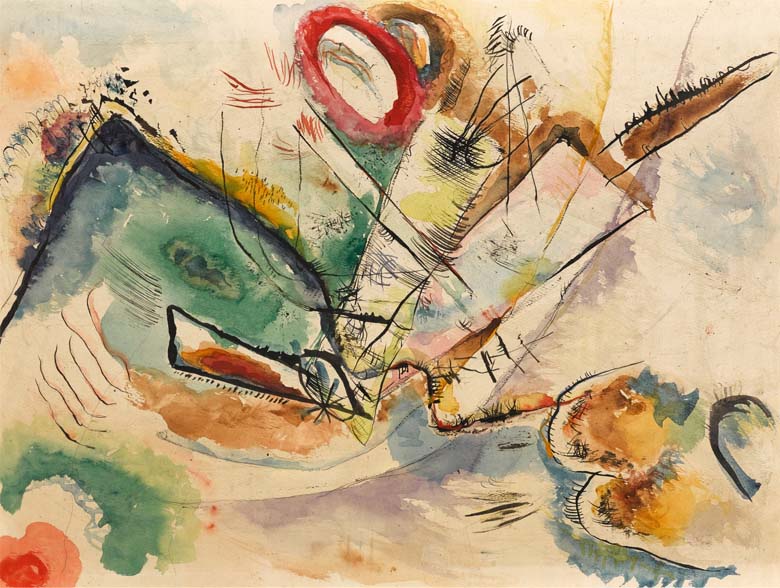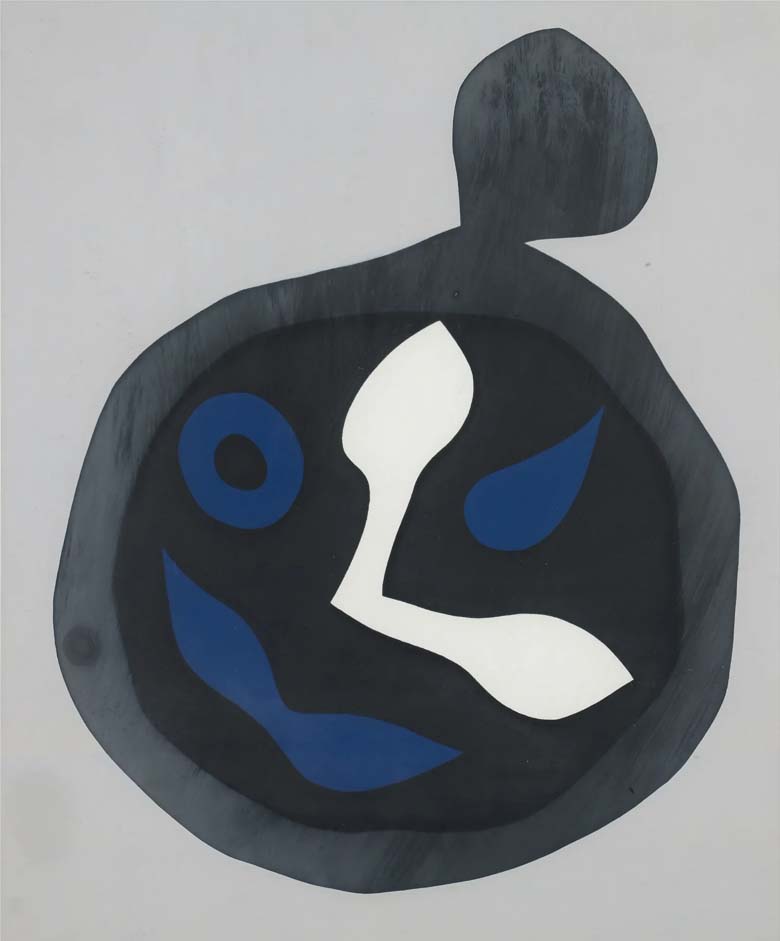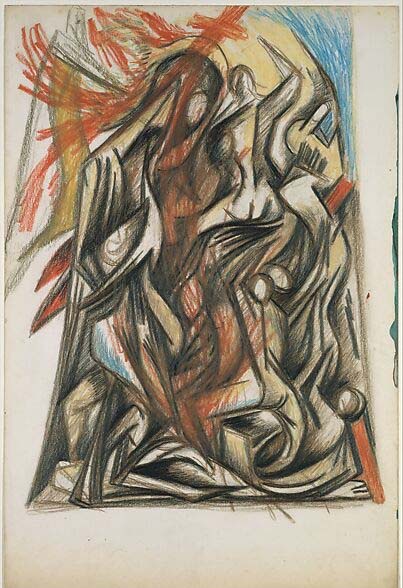Abstract Colored Pencil Art is a process of letting go of realism and embracing the beauty of non-representational forms, allowing intuition and spontaneity to guide the hand. It involves experimenting with shapes, colors, and textures to convey emotions, ideas, or impressions without necessarily representing recognizable objects. So Let’s dive into the vibrant creativity of the Abstract Colored Pencil Art & Technique.
Technique of Abstract Colored Pencil Art
Here are some of the basic techniques that you can use to create your own abstract colored pencil art:
- Layering: Layering is one of the most important techniques for colored pencil art. To create depth and richness, start by laying down a light base layer of color. Then, gradually add darker layers of color, working your way up to the highlights.
- Burnishing: Burnishing is a technique that uses a hard, smooth surface to create a polished look. To burnish, use a burnishing tool, or a smooth piece of paper or cardboard, to press down on the colored pencil marks. This will help to blend the colors and create a smooth, even finish.
- Blending: Blending is another important technique for colored pencil art. There are several different ways to blend colored pencils, including using a blending stick, a tortillon, or your finger.
- Glazing: Glazing is a technique that involves applying thin layers of translucent color over a base layer. This technique is perfect for creating subtle variations in color and for adding depth and dimension to your artwork.
- Scumbling: Scumbling is a technique that involves applying short, quick strokes of color to the paper. This technique can create texture and add interest to your artwork.
- Stippling: Stippling is a technique that involves using the tip of a colored pencil to create tiny dots of color. This technique can be used to create texture, to add details, or to create a soft, blended look.
- Hatching and Cross-Hatching: Hatching and cross-hatching are techniques that involve using parallel lines to create shading. Hatching involves using lines that are all going in the same direction, while cross-hatching involves using lines that are going in two different directions.
- Underdrawing: Underdrawing is a technique that involves using a light pencil or charcoal to create a basic outline of your composition before you start adding color. This technique can help you to plan your composition and to ensure that your proportions are correct.
- Negative Space: Negative space is the space around and between your objects. Negative space is just as important as the objects themselves, and it can be used to create balance, contrast, and a sense of depth in your artwork.
- Focal Point: A focal point is the area of your artwork that you want the viewer to focus on. You can create a focal point by using contrasting colors, different values, or a different technique in that area of your artwork.
These are just a few of the many techniques that you can use to create abstract colored pencil art. Experiment with different techniques to find what works best for you and to create your unique style.
Top 10 Abstract Colored Pencil Art Pieces
Now, prepare to be spellbound as we unveil the top 10 Abstract Colored Pencil Artworks that redefine the boundaries of conventional art. Each piece is a testament to the artist’s ingenuity, showcasing a kaleidoscope of emotions and a burst of creativity that transcends the ordinary.
- One of the most famous abstract artists, Wassily Kandinsky is known for his bold, colorful, and non-representational paintings. His colored pencil drawing “(UNTITLED (COMPOSITION))” is a vibrant and energetic work that exemplifies his signature style.

2. Another notable work by Kandinsky, “Composition VII” is a complex and intricate composition of geometric shapes and lines. The use of colored pencils adds a layer of texture and depth to the work.

3. Paul Klee was a Swiss-German painter who was a key figure in the development of Expressionism and Bauhaus. His colored pencil drawing “Untitled” is a delicate and lyrical work that features soft colors, flowing lines, and dreamlike imagery.

4. Joan Miró was a Spanish painter, sculptor, and ceramicist who was a pioneer of Surrealism. His colored pencil drawing “Abstract Composition” is a playful and whimsical work that features biomorphic shapes, bold colors, and childlike simplicity.

5. Frantisek Kupka was a Czech painter who is considered one of the pioneers of abstract art. His colored pencil drawing “Abstraction” is a vibrant and dynamic work that explores the relationship between color and form.

6. Piet Mondrian was a Dutch painter who is considered a founder of the De Stijl art movement. His colored pencil drawing “Composition” is a minimalist and geometric work that features black horizontal and vertical lines and the primary colors of red, yellow, and blue.

7. Jean Arp was a French-German sculptor, painter, and poet who was a key figure in Surrealism. His colored pencil drawing “Untitled” is a biomorphic and organic work with amoeba-like shapes and soft, flowing lines.

8. Alexander Calder was an American sculptor who is best known for his mobiles. His colored pencil drawing “Composition” is a vibrant and playful work that features abstract shapes and lines.

9. Jackson Pollock was an American painter who is considered a leading figure in Abstract Expressionism. His colored pencil drawing “Untitled” is a dynamic and chaotic work that features splatters, drips, and gestural marks.

10. Mark Rothko was an American painter who is known for his abstract paintings that feature large blocks of color. His colored pencil drawing “Untitled” is a serene and meditative work that features a muted palette and subtle variations in color and tone.

Wrapping Up
Colored Pencil Abstract Art is a popular choice for beginners because it is relatively easy to learn and use. There are a variety of colored pencil techniques that can be used to create abstract art, so artists can experiment to find their unique style.
Choose a variety of colors to work with. Use layering and blending techniques to create depth and complexity. Experiment with different textures, such as smooth, rough, and scratchy. Don’t be afraid to make mistakes! Abstract art is all about experimentation and self-expression.
With a little practice, anyone can create beautiful colored pencil abstract art. Keep designing!
We hope this article will be helpful to you. Stay tuned for upcoming articles.
READ MORE: 10 Abstract Shapes Reshaping Visual Design in 2023!
If you like our article, please subscribe to BsyBeeDesign for the latest updates on design. If we forget anything, share your creative ideas in the comments section.
Follow us on Facebook, Linkedin, Instagram, Pinterest and YouTube.


































